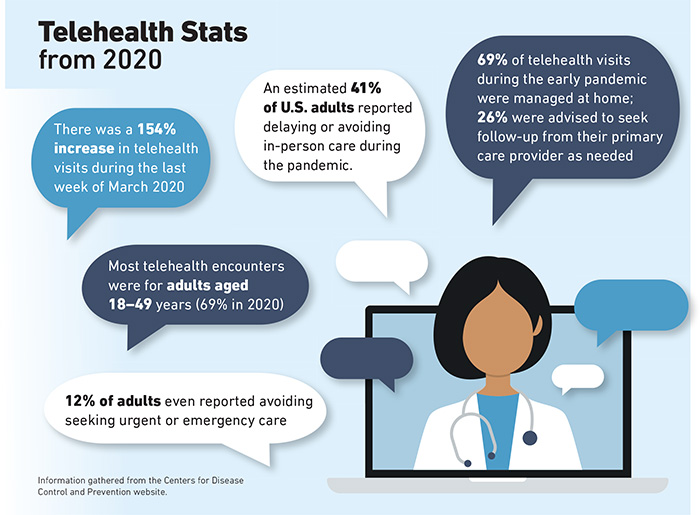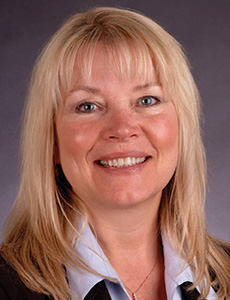At its June 17 Open Meeting, the Federal Communications Commission (“FCC”) adopted a Second Report and Order for its Connected Care Pilot Program, which provides administrative guidance that will enable award recipients to begin their pilot projects. On the same day, it announced its second set of projects awarded support through the Pilot Program.
The Connected Care Pilot was established in April 2020 to make up to $100 million in Universal Service Fund support available over three years for selected projects to defray costs for projects that will bring broadband connectivity and other connected care information services to eligible health care providers. The program is primarily aimed at supporting services that will benefit veterans and low-income patients. It is a longer term initiative than the short-term COVID-19 Telehealth Program designed to provide financial support for telehealth services, which are expected to remain in demand after the pandemic fully abates.
Second Report & Order
The Second Report and Order, which was released on June 21, 2021, builds on the administrative framework the FCC laid out when it established the Pilot Program and a September 2020 Public Notice that provided initial guidance to applicants. It specifically gives participants guidance on eligible services, funding rules and procedures, and data reporting requirements so they can begin their projects.
- Eligible Services – The FCC previously established that the Pilot Program will cover up to 85% of the costs for eligible services, which include patient broadband Internet access services, health care provider broadband data connections, connected care information services, and certain network equipment. Health care providers are required to cover the remaining 15% of the costs and any ineligible expenses. The Second Report & Order clarifies that the Pilot Program will reimburse network equipment purchases necessary to make already-available broadband services functional and to enable health care providers to make connected care information services functional, even if the Pilot Program is not directly supporting the costs of those services. The equipment must be purchased either because of an increase in Internet traffic caused by the connected care services or because the equipment would be primarily used for connected care information services. This approach is more expansive than the Rural Health Care Program’s reimbursement framework. Pilot Program funds cannot be used to support network deployment, internal connections, or connectivity between health care provider sites, and are also prohibited for end-user connected devices, medical equipment, health care provider administrative costs, personnel costs, and other expenses.
- Funding Rules and Procedures – The Pilot Program’s funding rules and procedures largely mirror those of the Rural HealthCare (“RHC”) Program. Participants need to follow the same competitive bidding rules for the services they are seeking to procure, including rules to ensure the bidding is fair and open and the requirement to select the most cost-effective option. Participants will also need to submit a Request for Funding to the Universal Service Administrative Company (“USAC”), which will evaluate service eligibility and issue a funding commitment decision. Just as with the RHC Program, Pilot Program participants will be able to make site and service substitutions. One notable difference is that the Pilot Program will not follow the typical July 1 to June 30 funding period, and participants will instead need to follow dates and deadlines provided by the FCC or USAC in correspondence or on their websites. The FCC also waived the procedural rule established in the First Report & Order that invoices be submitted monthly, which the agency thought might pose an undue administrative burden for some Pilot Program participants and would be difficult to enforce. Participants can only submit invoices for eligible expenses incurred within three years from the date their projects first begin service and no later than June 30, 2025.
- Data Reporting Requirements – Pilot programs established by the FCC often become permanent if they are successful, and as part of the Connected Care Pilot Program, the FCC will study how connected care can become a permanent part of the Universal Service Fund. To this end, the FCC established three goals for the Pilot Program—determining how USF support can be used to: (1) improve health outcomes through connected care; (2) reduce health care costs for patients, facilities, and the health care system; and (3) support the trend towards connected care everywhere. To help evaluate the Pilot Program, the Second Report & Order directs participants to submit three annual reports to the FCC with anonymized, aggregated data. The final report must summarize final results and include explanations of whether the goals of the participant’s project were met and how the project served the FCC’s Pilot Program goals. The FCC’s Wireline Bureau will use the data to prepare a final report at the conclusion of the Pilot Program.
Award Recipients
The Connected Care Program is open to eligible rural non-profit and public health care providers and such non-rural providers that are part of a consortium, including post-secondary educational institutions, community health centers, local health departments or agencies, community mental health centers, not-for-profit hospitals, rural health clinics, skilled nursing facilities, and consortia of health care providers consisting of one or more of these entities.
From the over 200 Pilot Program applications the FCC received, it has so far awarded over $57 million in funding for 59 pilot projects in 30 states plus Washington, DC, leaving nearly $43 million for future project selections. The FCC announced its initial set of 14 projects, awarding $26.5 million in support, on January 15, 2021, and the second set of 36 projects, requesting $31 million in support, on June 17, 2021. It has prioritized projects that will serve a high number of patients in the veteran and low-income populations, serve areas most in need of support for connected care, treat many of the health conditions targeted by the program, and use products and services eligible for support.





